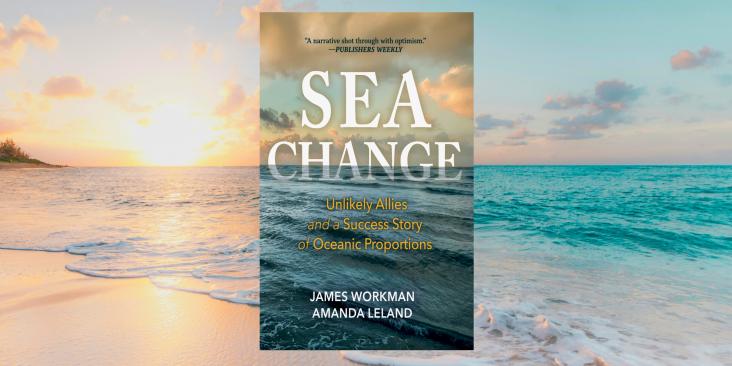Allison Tracy is a Chemicals Policy Fellow. Richard Denison, Ph.D., is a Senior Scientist.
While efforts to improve U.S. chemical safety legislation have been at, shall we say, a stand-still for the past few months, our European counterparts have been buzzing with activity. U.S. NGOs, industry, regulators and lawmakers should be paying really close attention to all that buzz as they deliberate the shape of U.S. chemicals policy in the new Congress.
The European Chemicals Agency (ECHA) is currently in the thick of processing registrations received by the first major deadline under REACH, the European Union’s chemicals regulation for the Registration, Evaluation, Authorization and Restriction of Chemicals. November 30, 2010 was the first of three deadlines for registering existing chemicals (termed “phase-in substances” under REACH); it applied to the highest-volume and most hazardous chemicals on the market. Some 4,700 new and existing chemicals have now been registered under REACH since it took effect in mid-2008, including about 3,500 existing chemicals subject to that first deadline based on high volume or toxicity.
In contrast to Las Vegas, what is happening in Europe is not staying in Europe. That alone makes it worth paying attention to. Read More









